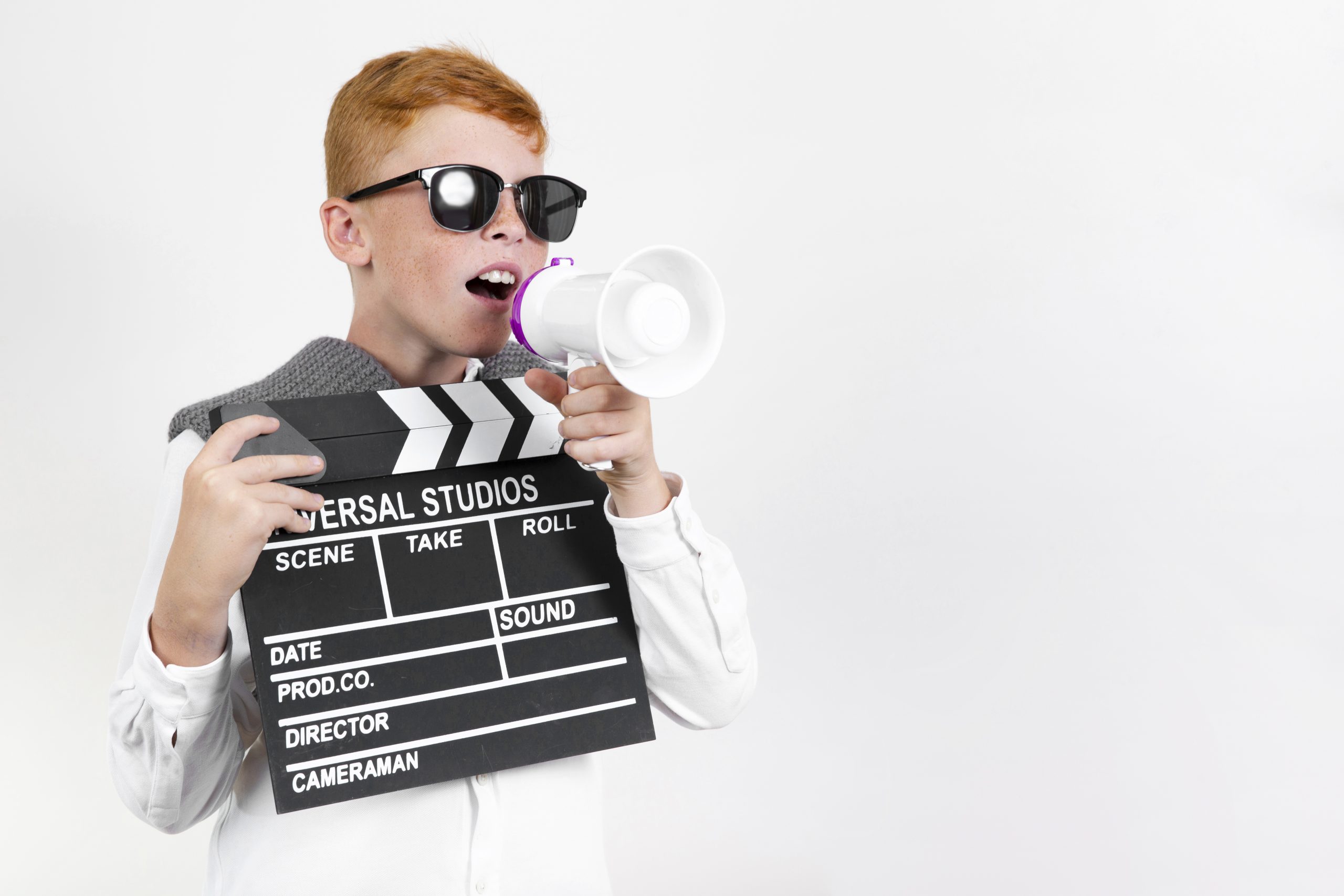Unlock the Secrets of Cinema: Discover the Hidden Meanings Lurking in Your Beloved Films with These Simple Tips!
It’s no secret that movies can often be more than just entertainment. They can make us laugh, cry, feel emotions we didn’t know we had, and leave us with a sense of wonder or understanding. But, movies also provide opportunities to learn key life lessons. Movies give us the perfect opportunity to learn from a third-person’s experiences, especially when they are deeply rooted in realism, and can even inspire us to start our own journey towards future-readiness. In fact, the 1986 classic military movie Top Gun blew up American Navy recruiting numbers by an alleged 500%, to the extent that the U.S. Navy set up recruitment stations at movie theatres during its run.
Movies have the power to change our lives, and most movies have hidden meanings or deeper messages that are often overlooked. By analysing your favourite movies, you can uncover those hidden gems and deepen your appreciation for the story being told and the lessons to learn from it. In this curated guide, we’ll encourage you to start experiencing Cinema critically and go over the 5 simple steps to analysing your favourite films.
Study the Scene
When it comes to analysing a movie, the first step is to set the scene. This means actively observing or rewatching the movie and taking notes while doing so. Pay attention to the setting, the time period, the characters, the costumes, the colours, the props, and the atmosphere of the movie. This will help you get a better understanding of the world the movie takes place in and the context of the story being told. It is important to read and analyse messages in accordance with the time period they are set in. It might even help to do a little bit of extra reading about this era to absorb the storyline accurately.
Identify the Theme
Once you have a grasp of the setting, the next step is to identify the theme. What is the overall message or lesson that the movie seeks to convey? Take note of the dialogue, setting, and visual cues that the movie uses to convey its themes. Doing so will give you a better understanding of the message that the filmmakers are trying to convey. Is the film depicting a harsh reality, or an optimistic viewpoint of the world, or even a breakdown of the small systems and actions that make the world what it is?
“Films are the ultimate art form that reflect the human experience, and decoding their hidden meanings can unlock the secrets to our own souls.”
Observe the Characters
Now that you have an idea of the world and the theme, you can start to observe the characters. Pay attention to the protagonists and their motivations. What drives them? What do they want? How do they change or grow throughout the course of the story? Taking note of the character’s development can give you a deeper understanding of the story’s message and theme. Think about whether you agree with their goals and actions. What would you do if you were in their shoes? Who is your favourite character and why? What can you learn from the characters? What mistakes would you avoid making and how can you apply this to your own life? Watching movies critically like this not only increases your self-awareness, but it can also improve your learning power.
Analyse the Plot
With a grasp of the world, theme, and characters, it’s time to analyse the plot. What events and twists drive the story forward? How do they tie into the theme and message of the movie? Analysing the plot can give you a better understanding of the story’s structure and how each event contributes to the overall message. Understanding various plotlines gives up exposure to the different realities and perspectives of the world. The plot is the tool that drives a story forward. Try to analyse why the filmmaker chose certain plotlines and what they’re trying to say through them.
Evaluate the Technique
Finally, it’s time to evaluate the movie’s technique. How did the filmmakers use techniques such as cinematography, sound, or lighting to create and enhance the atmosphere? How did they use music or other cues to affect the viewer’s emotions? Did the filmmakers use darker colours or brighter colours? Was the music heavy and emotional, or was it light and whimsical? Evaluating the technique can give you a deeper appreciation for how the director and the crew create their work of art, and help you understand the story and the story world better.
Conclusion
Movies are an exploration of human experience and can help us better understand the world around us. So, the next time you watch your favourite film, take a closer look, think critically, and see what meanings and messages you might have missed before. Who knows what secrets the movie holds for you to discover?
Don’t be surprised if you start to look at movies differently once you start to analyse them. This article is just the tip of the iceberg when it comes to film analysis. Each of the five steps listed can be expanded upon and explored in great detail. However, like all things, film analysis gets easier with practice, and the more you do it, the better you’ll become.
So, grab your favourite movie, a notebook, and a pen and start analysing your favourite films today. Who knows what hidden treasures you’ll find buried deep within the story?
For more articles like this, head over to Zamit.


